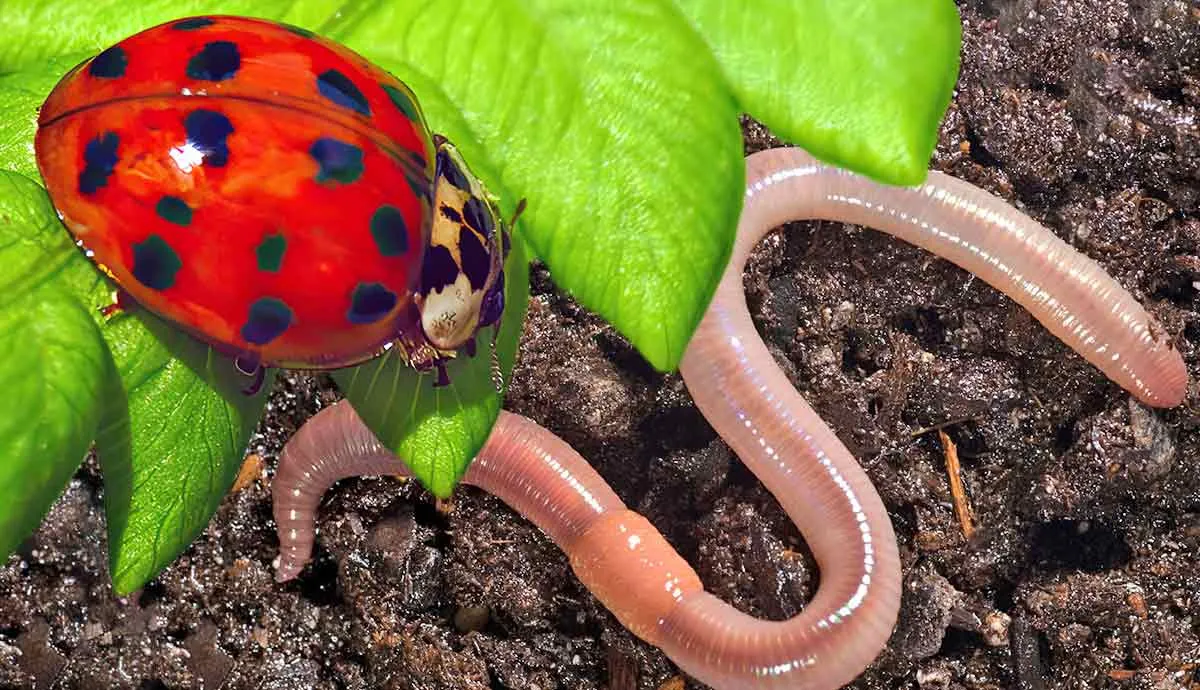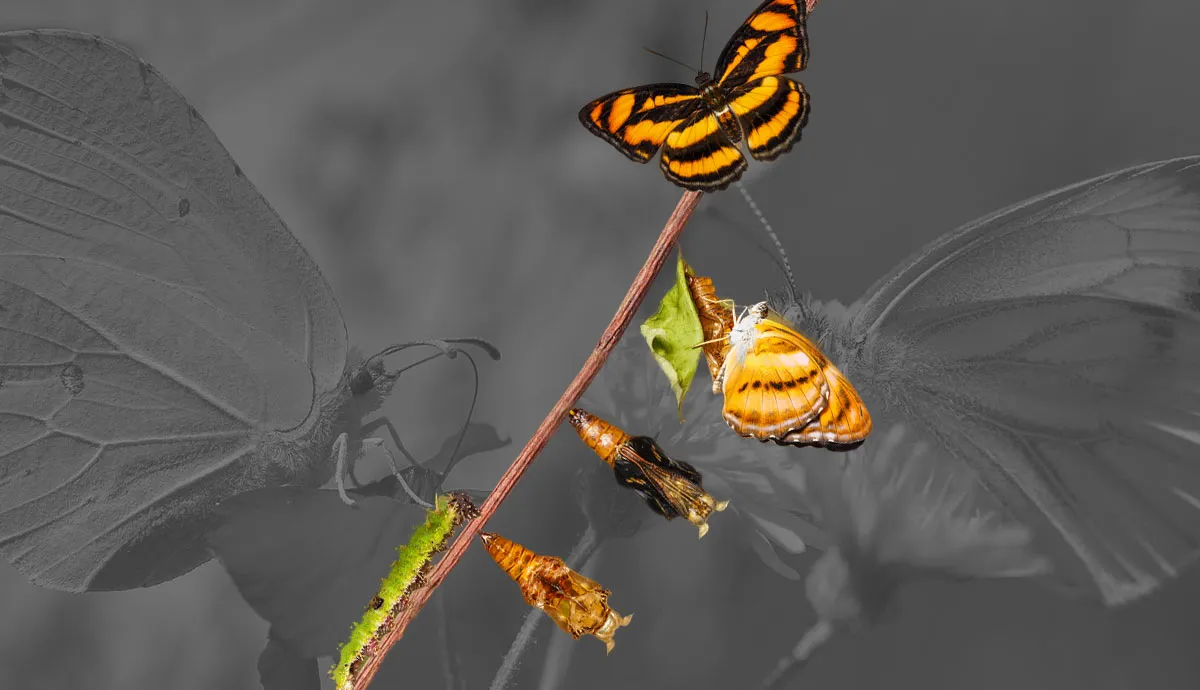It’s a good sign when you see a ladybug in your garden. These tiny and colorful insects are helpful pollinators, and they can eat thousands of plant pests, such as aphids and thrips, in only a few months. Their voracious appetite has earned these little red bugs the respect of farmers from all over the world who use them for natural pest control. There’s so much to learn about these insects, so let’s delve into 8 incredible facts about ladybugs in the following guide.
1. Ladybugs Come in Different Colors
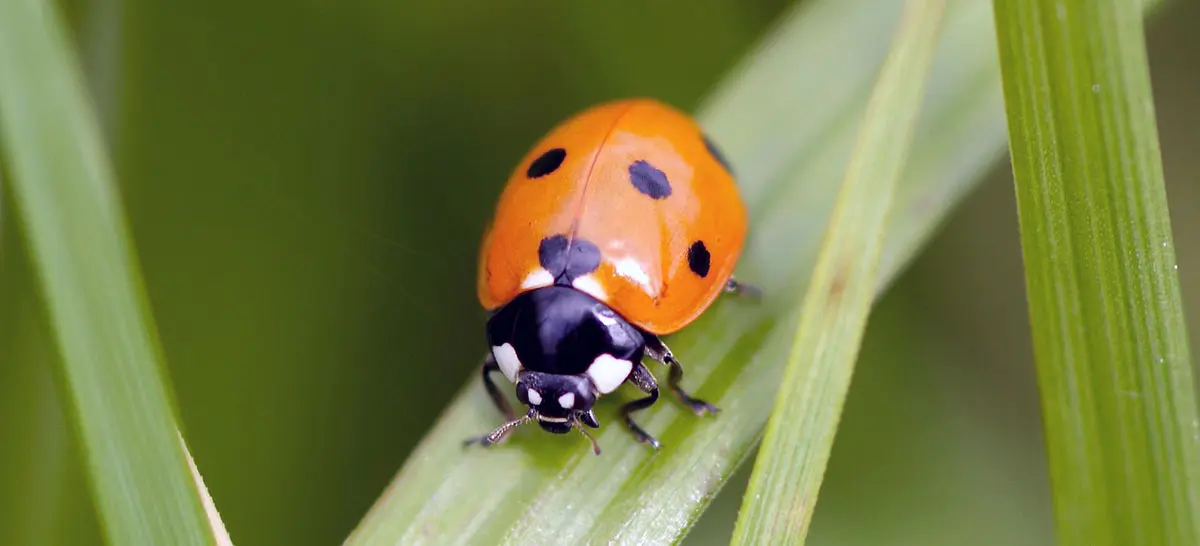
The true or common ladybug has red wings, seven black dots, and white patches on either side of its face. Red and black are typical of these creatures, but many of these pretty-looking insects are found in yellow, orange, and blue. Another interesting fact about their color is that they don’t always have black spots. Some ladybug species have a pattern similar to a checkerboard on their wings, while others have clear stripes. A ladybug is a helpful little insect but there is a similar type of bug that is actually a pest.
2. Some Ladybugs are Imposters
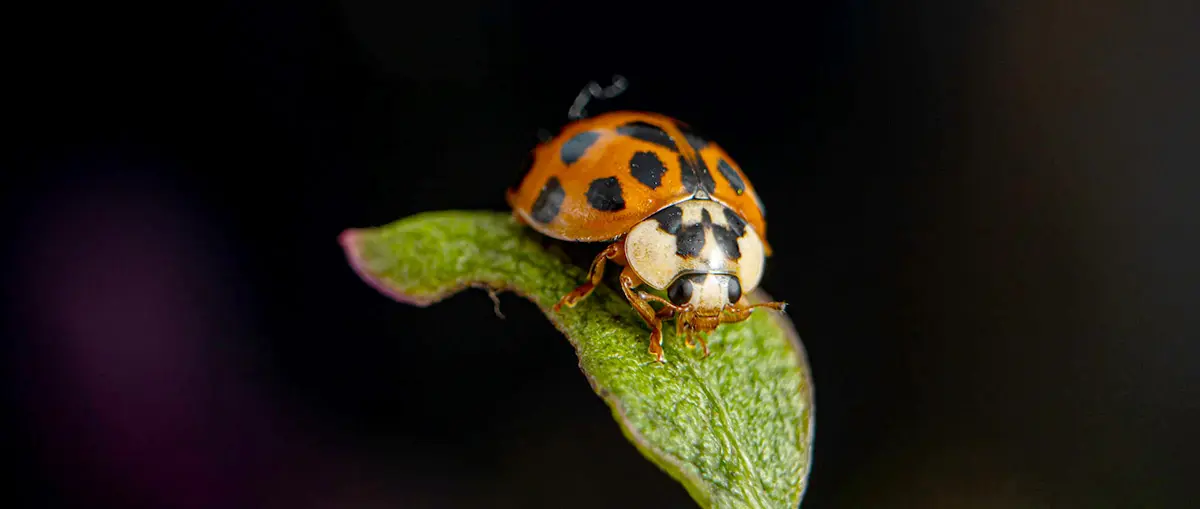
The Asian ladybug, or lady beetle, closely resembles the beloved red and black ladybug. Asian beetles have white heads, and red and orange wings with black spots, but they are not helpful insects and are pests in the garden. They spread parasites to true ladybugs and become a nuisance when they move into your home to find shelter. These imposters are bigger than regular ladybugs, and they release a strong-smelling liquid when they feel threatened. An Asian ladybug will bite, and it can get stuck inside your dog’s or cat’s mouth if accidentally consumed.
3. Male and Female Ladybugs Are Almost Identical

Male and female ladybugs look so similar that there’s no way to tell the difference at first glance. Both sexes have the same coloring and wing patterns. Males are a little bit smaller than their female counterparts, and they have a concave abdomen. The only sure way to tell whether a ladybug is male, or female, is by looking at its physical features under a microscope. Males have bands and hairs that are found on their undersides, whereas females have few bands and hairs. Unlike bees that are social creatures, ladybugs live solitary lives, only grouping together to hibernate or reproduce.
4. Ladybugs Have Unique Defense Mechanisms
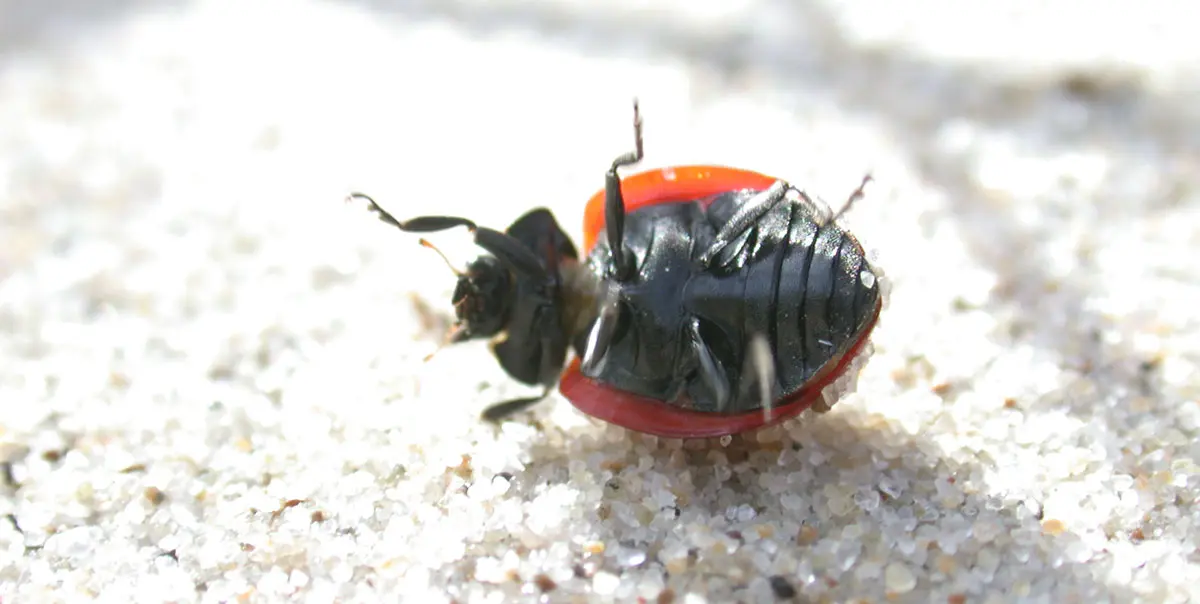
Ladybugs have exquisite colors and markings, but their beautiful appearance is actually a warning to their enemies. Frogs, small lizards, and birds enjoy making a meal out of ladybugs, but their striking color is meant to ward off these predators.
If their color isn’t enough to deter other creatures from eating them, a ladybird can secrete a foul substance from its legs. This secretion doesn’t taste or smell very good and protects these helpful insects from being eaten. Their final line of defense is their ability to act as if they have perished by flipping onto their backs and curling their legs inward.
5. Ladybugs are Inactive in Winter
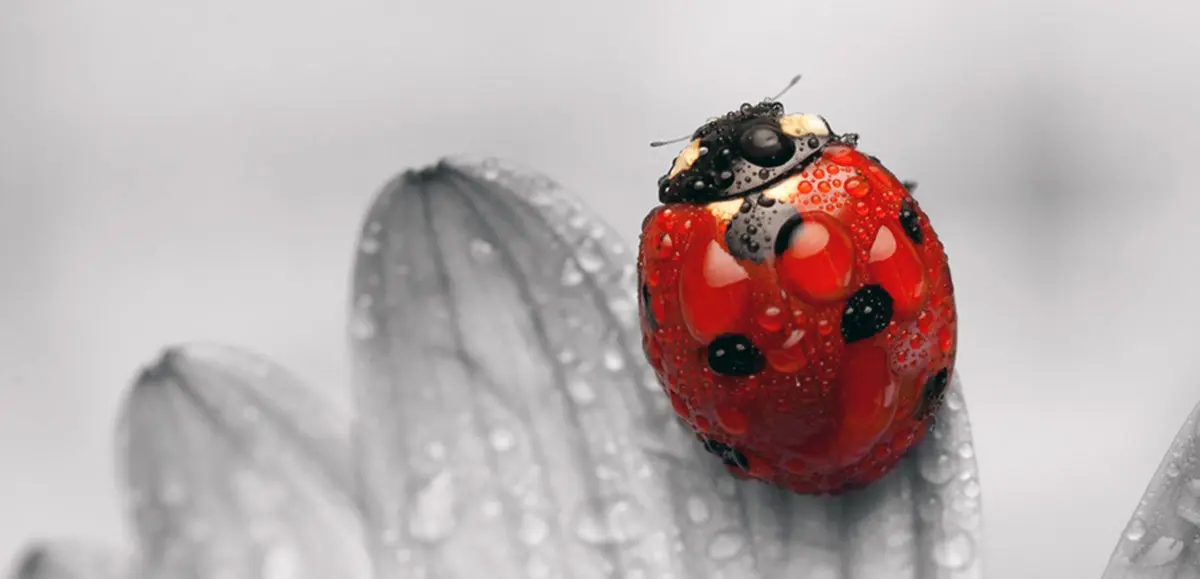
Ladybugs are prolific in the spring and summer, but you’d be hard-pressed to find them flying about in the winter. When the temperature drops and food becomes scarce, every ladybug goes into a state of hibernation, which is known as diapause. Much like bears that are less active in the cold, ladybugs will use their food reserves to make it through the winter. These colorful insects search for sheltered areas, such as hollow wood, to hide out until the temperatures warm up in the spring. If you notice insects that look like ladybugs sitting in the corners and crevices of your home, these are most likely Asian lady beetles. True ladybugs don’t move into properties to find shelter and hibernate; they hide in wood, leaves, and natural matter.
6. Ladybugs Eat Each Other When Food is Scarce

Ladybugs belong to the insect family Coccinellidae and are recognized as true beetles. If food is hard to find, the little red beetle will consume its own eggs to survive. In some instances, female ladybugs will produce eggs to eat and satisfy their hunger. Not only do they eat their own eggs, but they also feast on their hatchlings, called larvae. The larvae provide a quick meal as they lack an exoskeleton, so ladybugs don’t have to work that hard to catch and chew them.
7. Ladybugs Are Not Poisonous
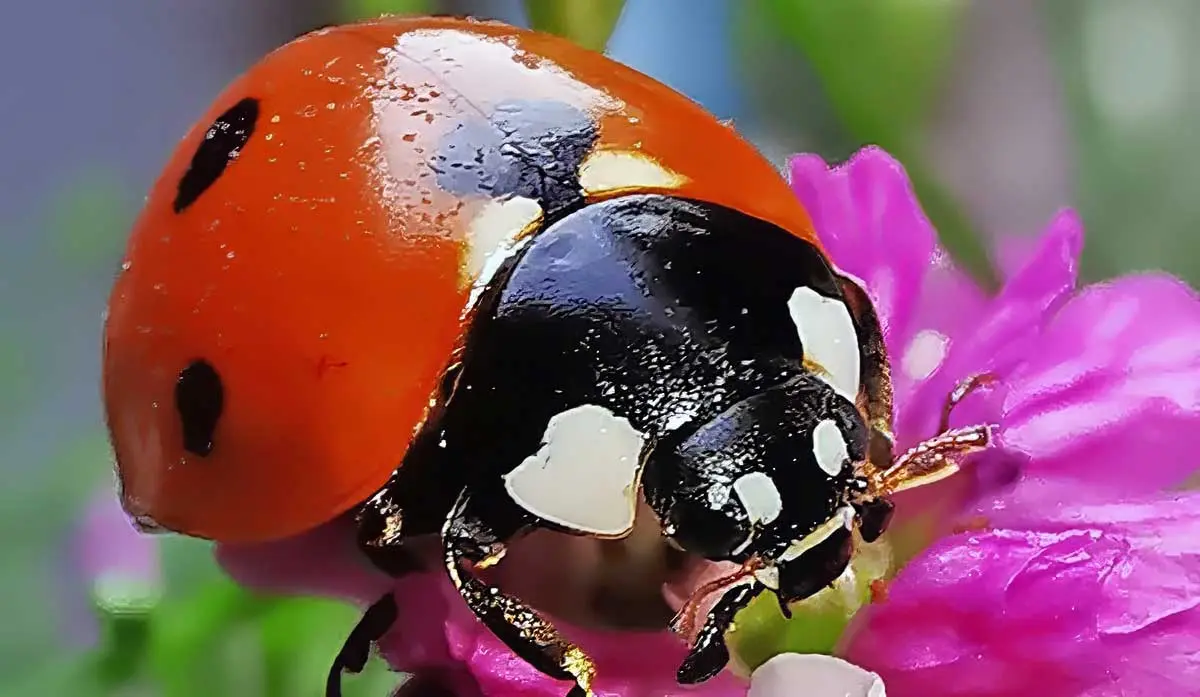
A ladybug does not sting or bite and is not a poisonous insect. They catch prey, such as small mites and aphids, by grabbing them with their mandibles. These striped and spotted insects will not cause harm when you handle them. If you find a ladybug on the ground, gently scoop it up without applying pressure to its shell. This can prevent them from feeling threatened and secreting their smelly liquid onto your hands. The Asian beetle, which is a false ladybug, will bite and secrete a pungent liquid to defend itself.
8. They Can Eat a Lot!
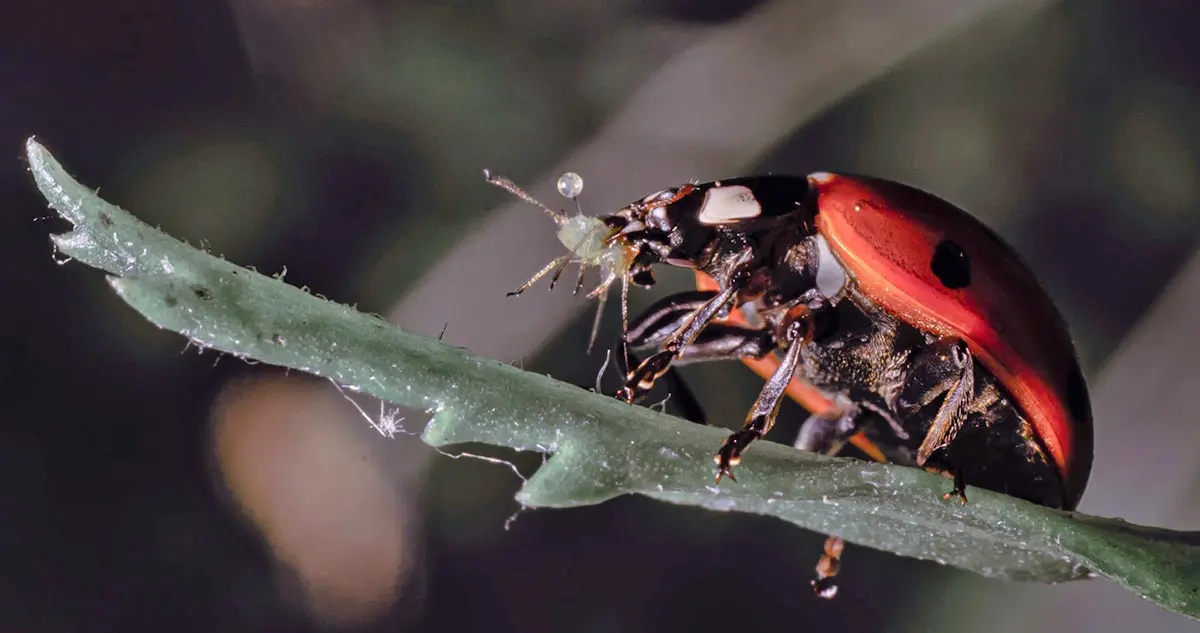
Despite their tiny size, ladybugs can eat thousands of insects every year. They are omnivores, feeding on nectar from flowers, fruit such as pears and bananas, and small bugs, including thrips. A single ladybird’s ability to consume large amounts of plant pests makes them a valuable addition to agriculture. Farmers and gardeners alike use ladybugs to get rid of damaging pests in a natural way, reducing their reliance on harsh pesticides. Introducing ladybugs to eliminate plant pests helps maintain organic crops because unwanted insects are controlled without the use of chemicals. These 8 amazing facts about ladybugs prove just how incredible and valuable these tiny red beetles are for the garden and the world’s crops.


